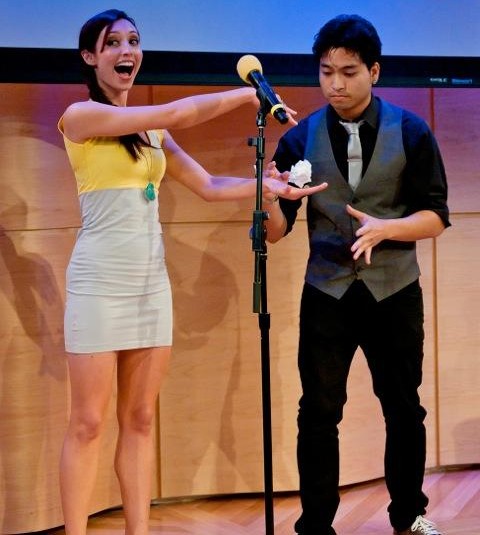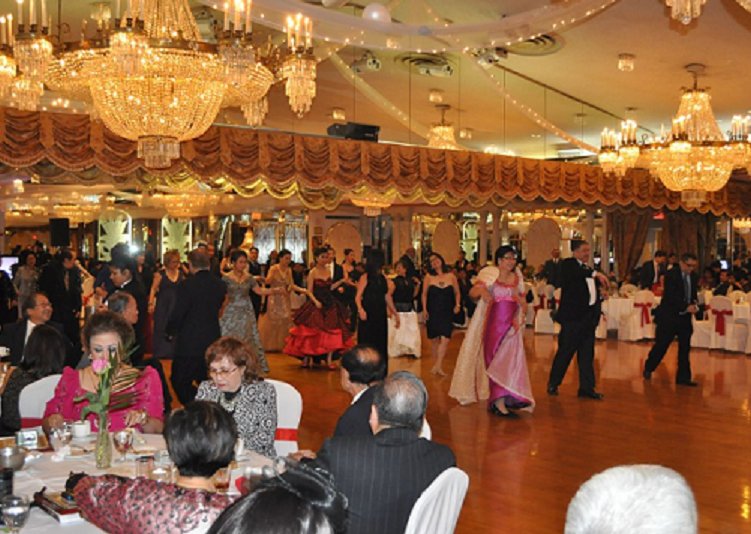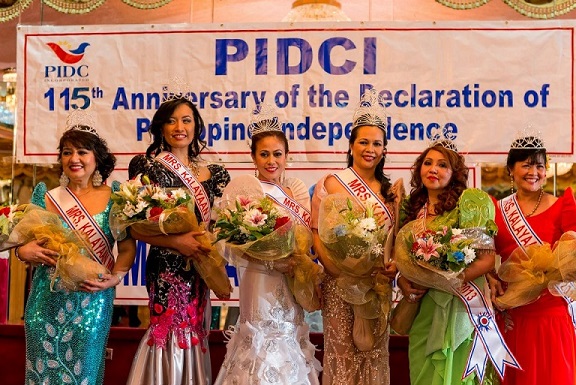Why Filipino restaurants go out of business; 2 chefs offer their insights (Part 1)
By Cristina DC Pastor
Filipino food lovers of New York are in grief.
We lost nearly half a dozen restaurants in the last three years, Maharlika, Jeepney, and on Aug 30 Purple Yam, the illustrious heir to Cendrillion, served its last plate of Ukoy. Before that, Ugly Kitchen was the first of the big leagues to go.
Two distinguished chefs spoke to Makilala TV recently and deciphered what’s going on.
Chef Aris Tuazon and chef Joel Javier couldn’t be more opposite in their business trajectory. Aris has been involved with many restaurants since 2001 starting as a dishwasher in a midtown restaurant. Grill 21, which opened in 2005 is by now the longest running Filipino eatery in Manhattan. This was his first FilAm restaurant. In the last three years, he founded Gugu Room, a Filipino-Japanese sake shop, and 87 Ludlow tapas joint in Lower Manhattan.
Joel, on the other hand, has been doing something totally opposite. He was a chef for many years for a Michelin rated restaurant until he decided in 2015 to introduce Flip Eats, a pop up dining experience where total strangers share a table in his Brooklyn home and partake of Joel’s small bites. Sometimes, he would recreate the experience in a restaurant or a private home. It’s been pop up all the way for Joel, never a permanent location. His wife Rachel Javier manages the business with him.
Is high rent the biggest killer of restaurants?

Aris believes it is only one of the reasons.
“Rent has always been an issue for many businesses especially nowadays. Before, that’s the only thing you have to worry about but now inflation is here. We lost numerous Filipino restaurants across the city and each of them played an important role and we have learned a lot from them. So there’s rent, labor and everything now is totally different especially the ingredients.”
Joel admitted rent is “definitely one of the reasons” he has stayed away from the brick and mortar business. A close second is life-and-work balance.
“A lot of years have gone by and a lot more people are realizing how much time is involved in opening a restaurant or successful restaurant at that,” he said. “Especially nowadays with the age of scrutiny and Instagram, there is more to a restaurant than good food now. You have to know how to attract people to come to you. There are always new places opening up every day, new trends. How do you compete with that?”
The reason Flip Eats has endured over the years and has become a successful word-of-mouth experiment is because of “customization.”
Joel explained: “It’s mainly a private chef concept. I could create your type of dinner for you through customization. So I could go to your place, cook dinner, however you want cocktail hour, buffet whatever you want. We will work with you we will ask your favorite dishes then we will create a menu based on what really works for our client. It’s something we offer that I think a lot of places don’t.”
He continued, “Some people are open to different restaurants because they get bored with one food. They create a menu that is successful and the team knows how to do it and that’s it. Then maybe you’ll say I’m into Mexican food. Then maybe you’ll say oh I’ll open a Mexican restaurant so that’s how it works because you cannot just change the concept of the restaurant once it is established. It is what it is.”
The gentlemen were asked if the pandemic has forced restaurant owners to change strategies or to simply ride it out.
“With the pandemic its everyone’s first time,” said Aris. “We don’t know what’s going to happen or what we are dealing with. We had to adapt and create innovation. Like what are the new expectations of these new customers.”
Another trend that was totally unexpected was that “everybody learned to cook during the pandemic,” he said further.
“So they realized you didn’t have to go to a restaurant. You can also order online. So many things evolved. But it’s part of the game. You just have to keep reinventing.”
When Maharlika, Jeepney, and Purple Yam closed, the first thing that came to Aris’s mind was “change.”
“We have all learned from what they did and what they have done and from there you really just have to do things (and wonder) what would be the new demand for marketing the trends.”
Joel believes that when one restaurant closes, another one opens.
He said, “Restaurants are closing for sure. It means new ones will open. And those restaurants that talk about legacy really gave permission to a lot of this next-generation to kind of see what Filipino food could look like and how businesses could run and how Filipinos could survive in a place like New York City.”
“Everyone has done it but all these other restaurants, even Maharlika, gave that permission to a lot of these (restaurants) that, hey I could tell my story through food.”
NEXT: ‘Why is your Adobo so expensive?’













